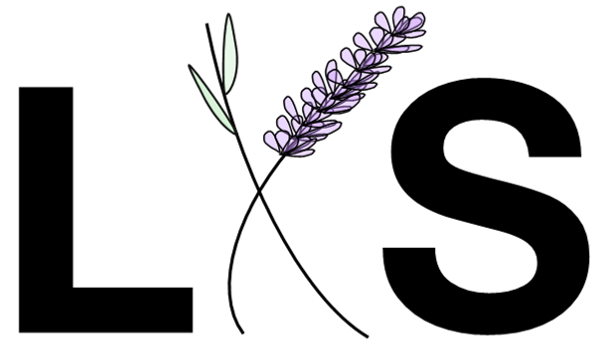Discovering 400 Years of Scent in Europe
Imagine leaving a boarding house in Paris in 1780, just before the start of the French Revolution. There are good smells for an everyday person like you, but also pervasive scents of horse dung, human sewage, rotting food waste, and toxic fumes. For the upper class, Paris during this period was the height of luxury, with scented materials imported from throughout the world.
In her book A Scented Palace: The secret history of Marie Antoinette’s perfumer, Elisabeth de Feydeau provides a personal history of the excesses to which perfume and scented products were used among nobility. The use of perfume both for medicinal and aesthetic purposes was celebrated by Louis XIV, who was nicknamed le doux fleurant (the sweet flowery one) for his fascination with perfume. Louis XV continued his great grandfather’s fascination such that his court became known as la cour parfumée—the perfumed court. While aromatic materials retained their medicinal application in French society, perfume among nobility was increasingly being used primarily for aesthetics. Lighter floral scents became increasing popular compared to earlier heavy use of animalic ingredients.
Famous 18th Century Colognes
Eau de Cologne (by Jean-Marie Farina)
Lemon, Orange, Tangerine, Bergamot, Lime, Grapefruit, Neroli, Lavender, Rosemary, Thyme, Petitgrain, Jasmine, Tobacco
Eau de Cypre Composée (for Madame du Barry by Jean-Louis Fargeon)
Jasmine, Iris, Angelica Root, Rose, Orange Blossom, Nutmeg, Amber
Parfum de Trianon (for Marie-Antoinette by Jean-Louis Fargeon)
Rose, Orange Blossom, Petitgrain, Bergamot, Lavender, Lemon, Galbanum, Iris, Violet, Narcissus, Lily, Tuberose, Vanilla, Cedar, Sandalwood, Amber, Musk, Benzoin
Odeuropa Project
In November, 2020, a team of historians and scientists announced a $3.3 million project to use artificial intelligence to synthesize 250,000-400,000 paintings and prints and thousands of texts with the goal of describing the scents of daily life across Europe from the 16th to early 20th century. One goal of the project is to formulate about 120 scents that could be used by museum curators to design more immersive historical installations. They plan to develop both pleasing smells and the noxious odors of industrializing cities. Another is to detail how the cross-lingual (English, German, French, Latin, Dutch, Slovene, and Italian) dimensions of the language of scent changed across time.
The project team plans to curate and publish the historical scent data in an online, “…Encyclopaedia of Smell Heritage, describing the sensory qualities and meanings of the scents and tracing the storylines of key scents, fragrant places, and olfactory practices. This database will become an archive for the olfactory heritage of Europe, enabling future generations to access and learn about the scented past.”
This is a fascinating project for so many reasons, but perhaps most for the way that science and history are integrated to understand the cultural meaning of scent in the past and to bring the dead scent languages of forgotten smellscapes back to life. Scent has the power to transport a person in time and space in ways that other senses cannot achieve. Perhaps this project will bring to life history in a way that allows more people to incorporate meaning from the past into their own lives.

